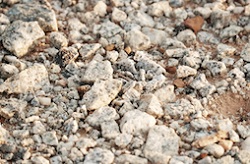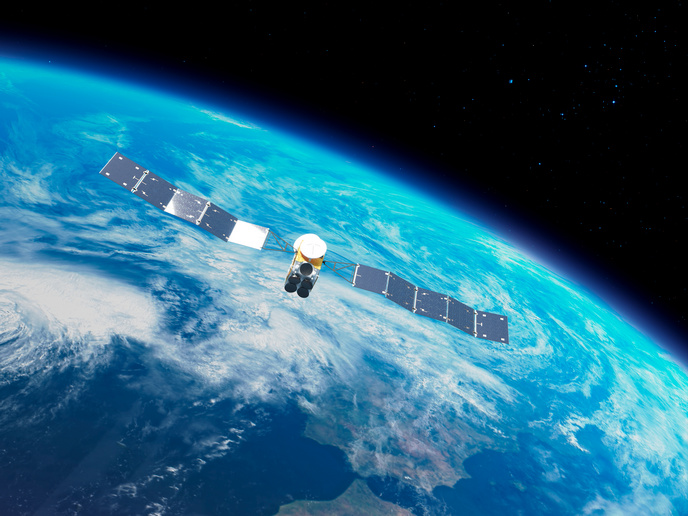How the earth cracks – understanding earthquakes
The ‘Laboratory earthquakes: dynamic shear cracks in heterogeneous frictional interfaces’ (Earthcracks) project set out to use experimental, theoretical and numerical methods to evaluate friction, fracture initiation and fracture propagation related to earthquakes from a cross-disciplinary physics and geology perspective. The investigators developed and implemented an experimental setup mimicking a seismic fault under highly controlled laboratory conditions. They used high speed camera acquisition and digital image correlation techniques to study the transition from static (stationary) to kinetic (in motion) friction at the interface of sliding. They then developed a theoretical analysis of friction-induced interface asymmetry in stick-slip motion and numerical methods for understanding interface conditions, stress build-up and subsequent shear-crack propagation dynamics. The project resulted in a number of important results with researchers having determined that, contrary to popular opinion, a frictional interface is highly non-uniform. Application of a tangential force increases the asymmetry in pressure distribution at the interface surface. In addition, the subsequent stress-induced inhomogeneities are far more important than the asymmetries in natural geometry regarding shear-crack initiation and propagation. The Earthcracks team produced nine articles and gave six talks on fracture and friction topics in physics and geology as a result of their work. In addition, the principal researcher was offered a permanent research position at CNRS, France prior to completing his fellowship. The Earthcracks project thus furthered our understanding of literally how the earth cracks and moves during an earthquake and provided important training and experience to a new scientist in the field.







